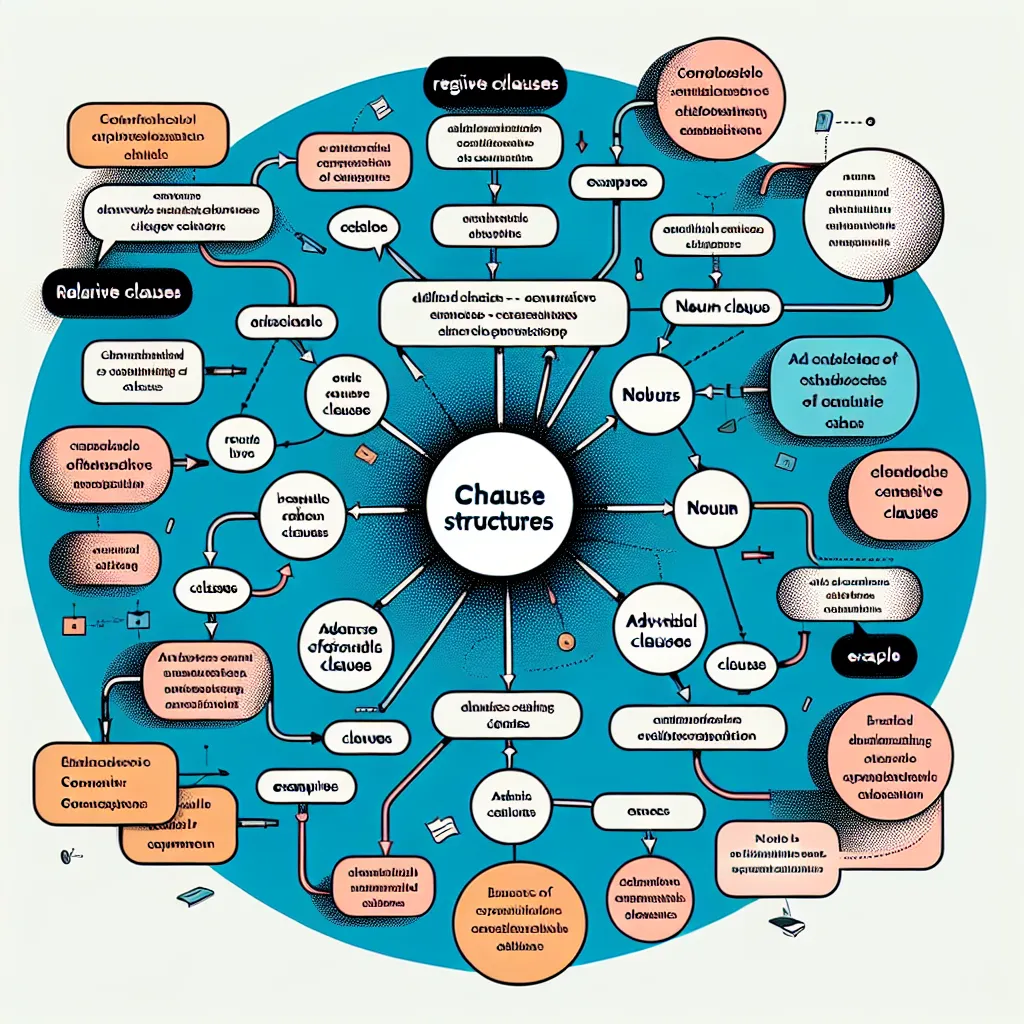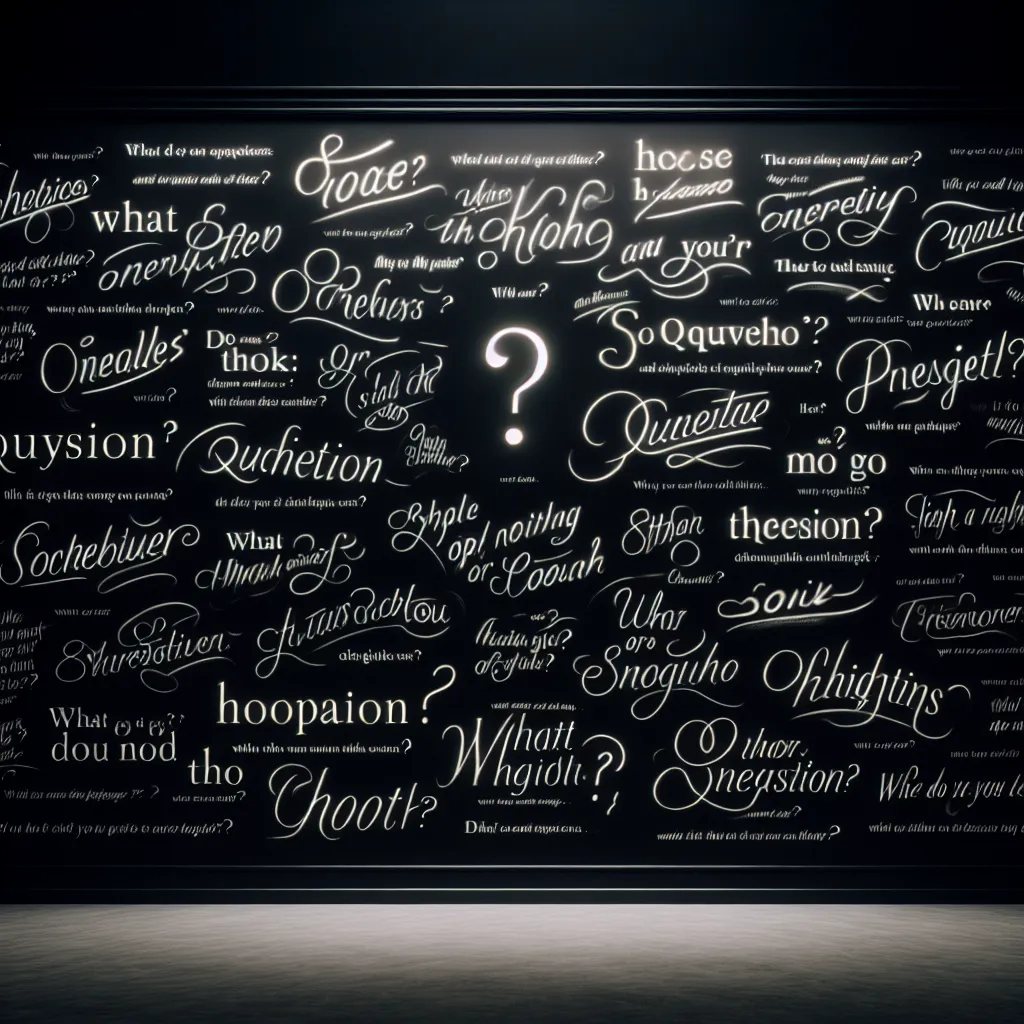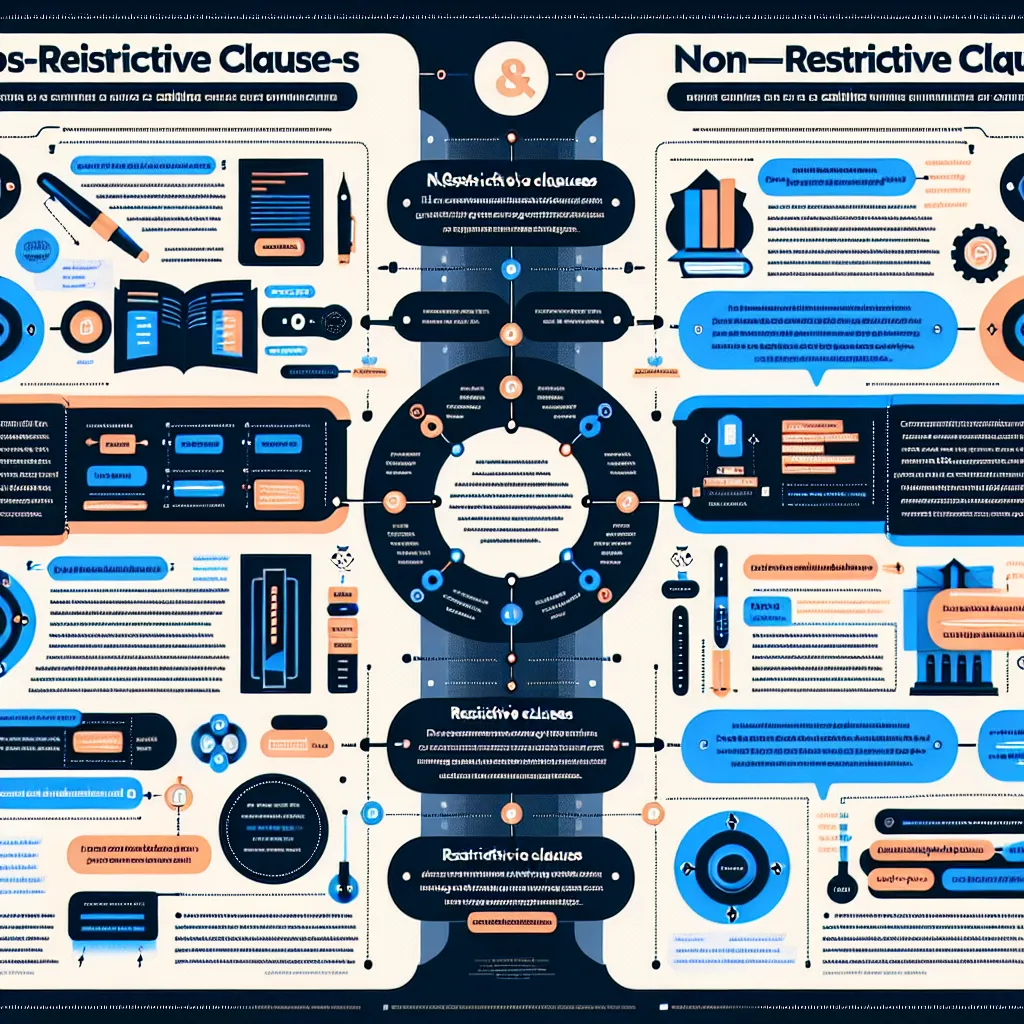Mastering advanced punctuation is crucial for elevating your formal writing skills. Whether you’re crafting academic papers, professional reports, or intricate literary works, understanding the nuances of punctuation can significantly enhance your ability to convey complex ideas with clarity and precision.
Understanding the Importance of Advanced Punctuation
Advanced punctuation goes beyond the basics of periods, commas, and question marks. It encompasses a range of sophisticated marks that, when used correctly, can add depth, nuance, and sophistication to your writing. These include semicolons, colons, em dashes, en dashes, parentheses, and more. Each of these punctuation marks serves a specific purpose and can dramatically alter the tone and meaning of your sentences.
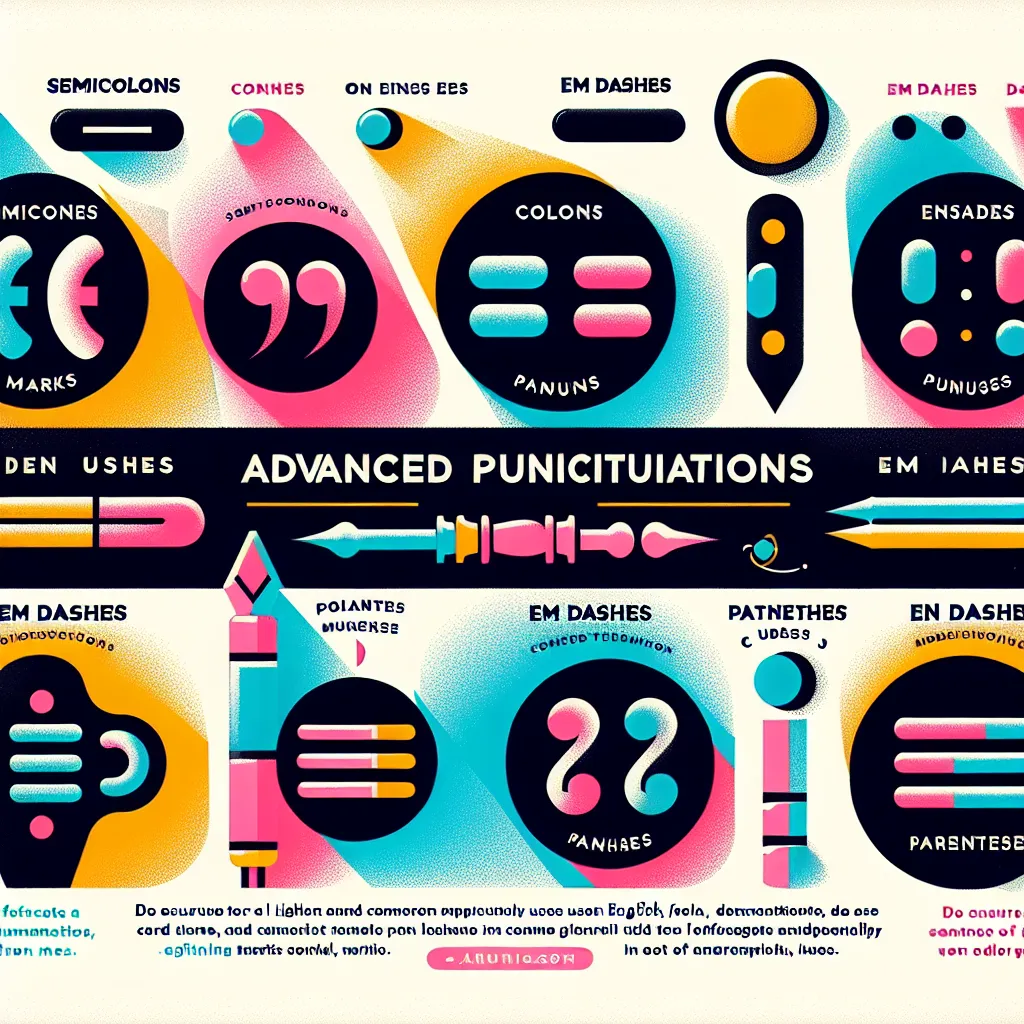 Advanced Punctuation Marks
Advanced Punctuation Marks
The Role of Punctuation in Formal Writing
In formal writing, punctuation plays a vital role in:
- Clarifying complex ideas
- Structuring lengthy sentences
- Emphasizing key points
- Creating rhythm and flow
- Ensuring grammatical correctness
Mastering these elements can significantly improve the quality and professionalism of your writing, making it more accessible and impactful for your readers.
Essential Advanced Punctuation Marks and Their Uses
Let’s delve into some of the most important advanced punctuation marks and how to use them effectively in formal writing.
Semicolons (;)
Semicolons are versatile punctuation marks that serve two main purposes:
-
Joining related independent clauses:
Example: “The meeting was postponed; the CEO was unable to attend.” -
Separating items in a complex list:
Example: “The conference will host speakers from New York, USA; London, UK; and Tokyo, Japan.”
Colons (:)
Colons are used to introduce lists, explanations, or quotations:
-
Introducing a list:
Example: “Please bring the following items: a notebook, a pen, and a calculator.” -
Providing an explanation:
Example: “The reason for the delay was clear: the storm had caused significant damage to the infrastructure.”
Em Dashes (—)
Em dashes are versatile punctuation marks used for emphasis, interruptions, or abrupt changes in thought:
Example: “The project—despite numerous setbacks—was completed on time.”
En Dashes (–)
En dashes are primarily used to indicate ranges or connections:
Example: “The London–Paris train departs at 8:00 AM.”
Parentheses ( )
Parentheses are used to enclose supplementary information or asides:
Example: “The study (conducted over a five-year period) showed promising results.”
Advanced Punctuation Techniques for Formal Writing
To truly master advanced punctuation, consider the following techniques:
-
Use semicolons to create complex sentence structures: This can help you connect related ideas more fluidly.
Example: “The research team worked tirelessly; their efforts paid off when they made a breakthrough discovery.”
-
Employ colons to introduce detailed explanations: This is particularly useful in academic or technical writing.
Example: “The experiment yielded an unexpected result: the compound remained stable at much higher temperatures than anticipated.”
-
Utilize em dashes for impactful interruptions: This can add emphasis or create a dramatic effect in your writing.
Example: “The CEO’s announcement—met with gasps from the audience—revealed a major company restructuring.”
-
Use en dashes correctly in date and number ranges: This ensures clarity in your data presentation.
Example: “The fiscal year 2023–2024 showed remarkable growth in the 18–35 age demographic.”
-
Incorporate parentheses judiciously: Use them to provide additional context without disrupting the main flow of your sentence.
Example: “The new policy (implemented in January) has already shown positive results.”
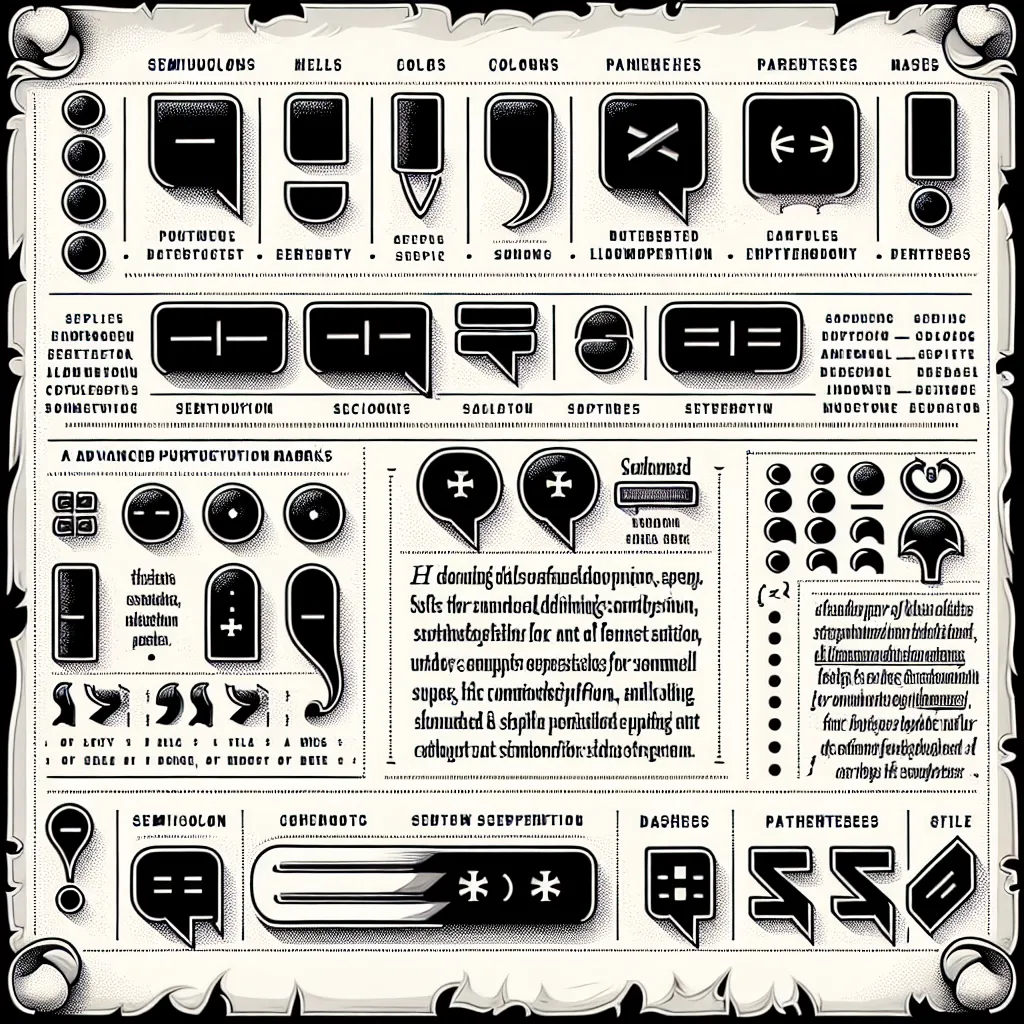 Advanced Punctuation Examples
Advanced Punctuation Examples
Common Mistakes to Avoid
While mastering advanced punctuation, be aware of these common pitfalls:
- Overusing em dashes: While effective, overuse can make your writing appear choppy.
- Confusing colons and semicolons: Remember, colons introduce while semicolons connect.
- Misplacing parentheses: Ensure they enclose only the supplementary information.
- Using commas where semicolons are needed: This can result in comma splices, a common grammatical error.
Practicing Advanced Punctuation
To improve your skills, try these exercises:
- Rewrite simple sentences using more complex structures with advanced punctuation.
- Edit passages by adding appropriate advanced punctuation marks.
- Analyze well-written formal documents, noting the use of advanced punctuation.
For more in-depth practice, you might find our guide on how to use advanced sentence connectors helpful.
Conclusion
Mastering advanced punctuation is a valuable skill that can significantly enhance your formal writing. By understanding and correctly using semicolons, colons, em dashes, en dashes, and parentheses, you can convey complex ideas with greater clarity and sophistication. Remember, the key to mastery is practice and careful application. As you continue to refine your skills, you’ll find that advanced punctuation becomes a powerful tool in your writing arsenal, enabling you to communicate with precision and elegance in all your formal writing endeavors.
For further improvement in your writing skills, consider exploring our article on how to improve grammar when writing essays. This resource can provide additional insights to complement your advanced punctuation skills.


